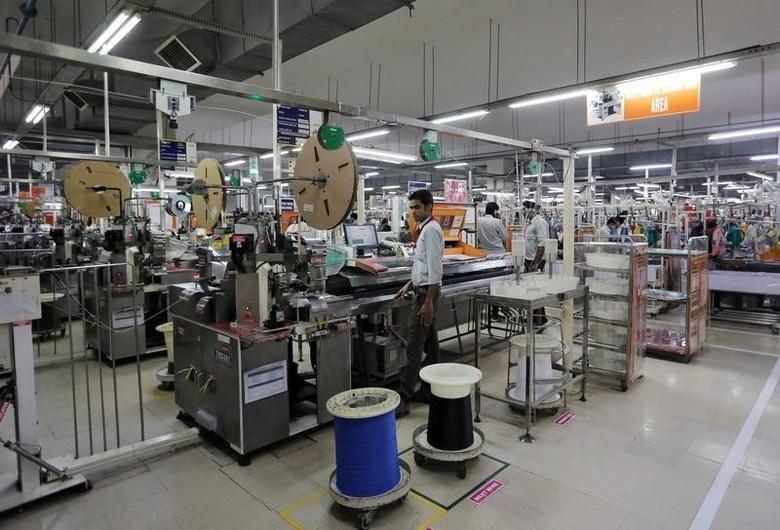(ATF) Indian manufacturing is back in focus again. The recession sparked by the Covid pandemic has exposed the fragility of national supply chains, forcing the Modi administration to roll out a series of new measures to boost manufacturing and jobs in a bid to spur growth.
A fresh stimulus package worth some $36 billion, which has been in the works for more than three months, was announced by the Finance Minister Nirmala Sitharaman on Thursday that focuses on extending production-linked incentives to a few manufacturing sectors the government calls ‘champions’ for attracting investment. It aims to boost domestic manufacturing and enable companies to become part of the global supply chain and generate employment opportunities.
Calling it Atmanirbhar Bharat 3.0 (self-reliant India), Sitharaman said India is seeing a “strong recovery” taking root in the economy, as reflected by increased goods and service tax collection and other metrics.
But Sitharaman also said the economic recovery in the second quarter, from July to September, had been “patchy” and whether the upswing would hold going forward “is difficult to predict.”
“Restrictions have eased only slowly and in phases, and localised restrictions in containment zones remain. As a result, the recovery has been patchy,” Moody’s said in a report on Thursday.
The rating agency though, raised its India GDP forecast for the calendar year 2020 upwards to -8.9% contraction from the -9.6% contraction forecast earlier, and to 8.6% from 8.1% projected earlier, for the calendar year 2021.
The Indian economy, Asia’s third largest and home to 1.35 billion people, that was also singled out as a global bright spot only a few years ago by the International Monetary Fund, contracted a record 23.9% in the April-June quarter.
Many measures, not all successful
The latest stimulus follows measures worth $7 billion announced last month to spur demand and ramp-up capital expenditure.
In March, India also announced a $23.28 billion package named Pradhan Mantri Garib Kalyan Yojana to protect the poor and vulnerable citizens from the impact of the Covid-19.
That was followed by the Aatmanirbhar Bharat 2 package in May that doled out $287.2 billion of assistance to focus on supply-side measures and long-term reforms.
The government hoped that the measures announced until May would lead to 200,000 to 300,000 direct jobs over five years.
But critics say, the last stimulus package in May largely failed to soften the blow of the strict coronavirus lockdown because it focused on providing liquidity and collateral-free credit for small businesses but with little actual spending.
What India needed was income support so that when the infection becomes more manageable and restrictions are lifted, consumers and businesses would have the financial stability to borrow and invest, Jahangir Aziz, head of emerging markets economics at JPMorgan, said in an interview to CNBC.
“I think the government’s focus on being obsessed with trying to provide stimulus to the economy to increase demand – we know that is not really going to work,” he said. “If you have infection rates going up, if there’s social distancing, you really cannot get demand going up,” he said.
India is the second worst-affected country in the world, and has more than 8.6 million reported cases of coronavirus infection.
“That’s where the government got it wrong. Right now a serious amount of income support is needed and we’ve known countries who do, who’ve done that,” Aziz added, referring to Brazil as an example.
Slow recovery underway
But Sitharaman said: “Quite a few indicators are showing a distinct recovery in the economy.”
Citing the Reserve Bank of India’s latest remarks, she said that the central bank has predicted a strong likelihood of the Indian economy returning to growth in the third quarter (October-December), ahead of the earlier forecast by a quarter.
“Various unrelenting systemic reforms have helped in this,” she said.
HSBC Securities and Capital Markets also thinks that the economy is showing clear signs of improvement.
“Monthly sales tax revenues and manufacturing indicators have rebounded, and even sluggish capital-intensive industries have seen something of an uptick,” HSBC said in a comment.
That apart, some sectors that had been persistently lagging are finally improving as well.
“The service sector [for instance] is beginning to expand, and while rural demand held strong over the summer, urban demand is catching up, too,” HSBC added.
























